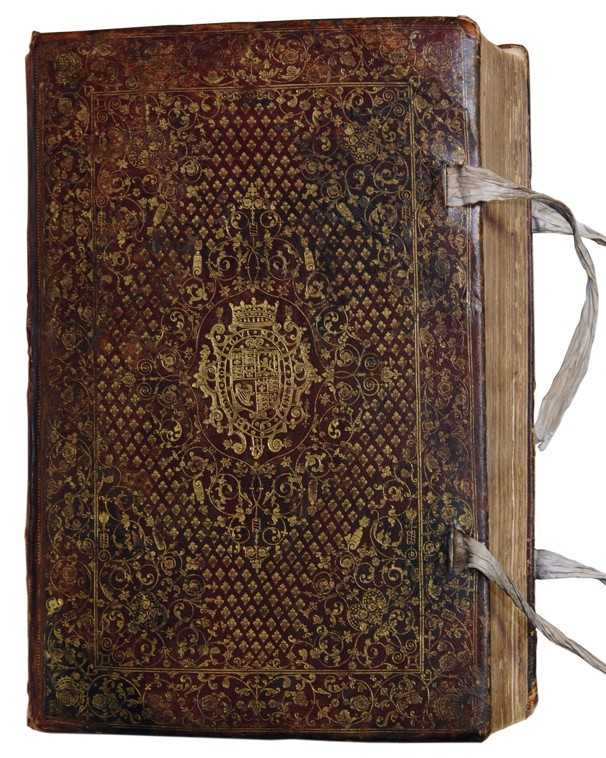Monday, January 23, 2012 8:26 AM

 Upon joining Washington National Cathedral in 2005, I assumed responsibility for the Cathedral’s rare book collection. The collection consisted of over nine thousand volumes on religious subject matter, as well as secular. Many books predate 1750, including a number of incunabula, with several quite valuable editions and a few that are priceless. The collection came into existence during the Cathedral’s first century as donors offered their personal collections of books, visiting dignitaries presented them as gifts, and specific acquisitions were made by the Cathedral Library while it existed.
Upon joining Washington National Cathedral in 2005, I assumed responsibility for the Cathedral’s rare book collection. The collection consisted of over nine thousand volumes on religious subject matter, as well as secular. Many books predate 1750, including a number of incunabula, with several quite valuable editions and a few that are priceless. The collection came into existence during the Cathedral’s first century as donors offered their personal collections of books, visiting dignitaries presented them as gifts, and specific acquisitions were made by the Cathedral Library while it existed.
However during the 1970s, the Cathedral Library formally was closed and its librarian released. Soon thereafter, many items were sold or donated to other institutions. Yet due to donor restrictions, a portion of the rare book collection remained in storage at the Cathedral. Over the ensuing years, volunteers attempted to manage the collection with limited, consistent success. By the time I assumed responsibility, an accurate inventory of the entire collection did not exist; background information on each item, including donor records, was not readily accessible; the location of certain specific items could not be confirmed; the quality of security was questionable; and the books were deteriorating due to poor environmental conditions.
Immediately, I petitioned Governance for the necessary funds to bring the rare book collection under control and establish a strategic plan for proper stewardship, and was granted preliminary support to begin.
First, we hired a research library consultant to inventory the collection on the shelves and, working with an assistant, confirm that list with an existing written inventory, resolving inconsistencies and entering the information into an electronic database. The consultant then was to collect all background information on each item, including all donor agreements, and enter this information into the database as well. This effort required research in numerous files located in various departments, reviewing committee meeting minutes and Cathedral periodicals, along with interviewing a number of staff and volunteers who participated in the life of collection at some time.
As the donor agreements were collected and reviewed, it became obvious the Cathedral had not used a consistent gift vehicle over the years in receiving donations, so the terms varied widely. We then hired a lawyer specializing in non-profit donations to review the agreements and make recommendations on their proper interpretation. This information also went into the database.
As the consultant inventoried the collection, she was directed to review the condition of each book and note the general degree of conservation required. We enlisted the help of professional volunteers to lend their expertise and provide immediate attention to the most pressing deterioration problems. They also provided estimates for the next level of conservation treatment. Working with a small amount of funds, we made minor improvements to the existing mechanical equipment to provide more stable levels of temperature and humidity. Also, tighter security controls were installed.
In the final report, I directed the consultant to analyze the content, distribution and associated value of the collection’s subject matter to help Governance better understand the breadth and specifics of the collection in order to make informed decisions. Also, we made recommendations for next steps in the responsible care for the collection. In the end, the entire collection was verified, an inventory and all associated information was consolidated in one location on an accessible electronic database and confirmed, and the environmental conditions improved.
For the first time in over 40 years, the Cathedral regained control of its rare book collection, so it now can be better stewards of the collection’s perpetual care and honor the trust bestowed upon the Cathedral by donors in the past.